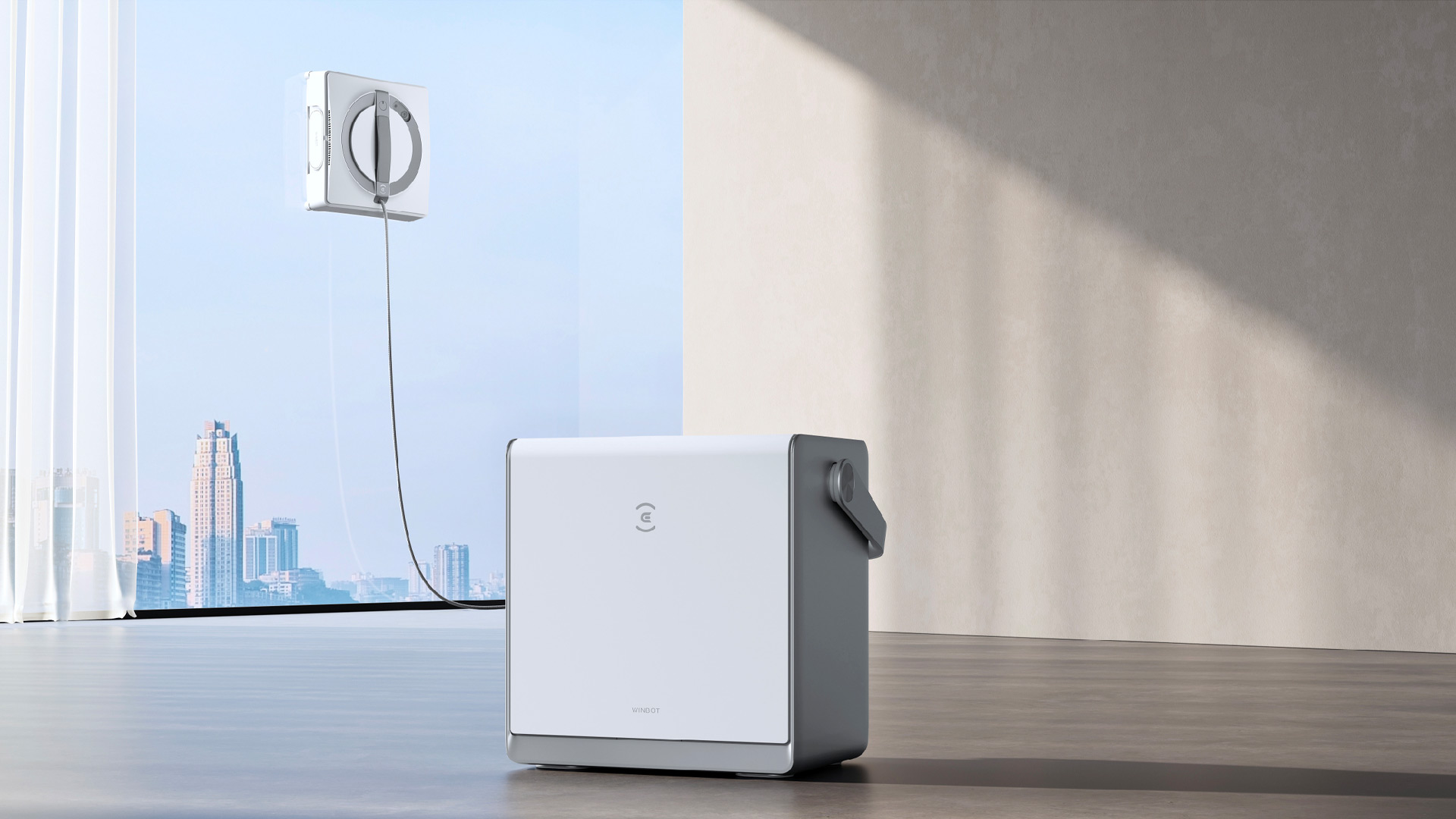
Cleaning windows has to be one of the most unpleasant household chores around. Not only can it be fiddly and time-consuming, but streaks and misted glass can leave things looking pretty bad even after you’ve put in the time and elbow grease.
Window-cleaning robots have existed for over a decade, but they’ve become increasingly sophisticated in recent years as they become incorporated into the smart home. Are they ready to take on your windows for you? Well, there are pros and cons…
What are robot window cleaners and how do they work?
Like robot vacuums, robot window cleaners automate a monotonous task, capable of navigating and cleaning all by themselves.
While windows don’t have furniture to navigate, they do introduce a problem that’s even harder to surmount: gravity. While some early robot vacuums were held in place by strong magnets on one side of the glass, modern models tend to use a motor-powered suction engine to adhere to the panes. Most also have a carabiner cable as a backup should they slip.
The robot then meticulously navigates to each part of the pane, using clever algorithmic navigation tech to cover each section. A built-in spray evenly distributes cleaning fluid, while cleaning pads buff away dirt, grime and smudges leaving an even, clear shine.
What are the pros of robot window cleaners?
The most obvious point is that robot window cleaners take most of the pain away from window cleaning — and often they give better results than humans, as they’re programmed for just the one task. Expect no streaks or misting if you get a quality model.
Secondly, they’re great for people who live in apartments or multi-story homes with less access to the outside of their homes. You can (carefully!) lean out a window and attach the robot to an adjacent pane.
Finally, they’re actually quite fun to watch doing their task. All the more so when you’ve got your feet up with a hot drink taking on a supervising role rather than having to get your hands dirty.
Price: $339.99
This Ecovacs model seems to be winning out so far when it comes to value vs capabilities. Its square shape helps it get into all the corners better than round devices do. While many of the reviews will tell you it's not a perfect solution as of yet, it can be a real winner for those hard to clean windows in your home.
What are the cons of robot window cleaners?
The main one is price. While they’re definitely more affordable than they used to be, Amazon’s “overall pick” — the ECOVACS Winbot W1 Pro — will set you back $339.99 at the time of writing. That’s lower than its $399.99 MSRP, but still considerably more than a squeegee and some cleaning spray.
Like even the best robot vacuum cleaners, there are some parts of the job that robot window cleaners still struggle with, too — especially around corners and the edges of frames, which may still need a human’s touch. If you have textured or curved glass, the results may not be great, either.
Finally, it’s important to note that robot window cleaners won’t automate the process completely. Not only will they need you to set them up and move them from pane to pane (a bit annoying if you have windows divided into a lot of quadrants), but like all robots they require regular cleaning and maintenance of their own. There’s also the risk that the motor or electronics will one day stop working — which obviously isn’t a risk with a regular squeegee.
Less hassle than manually doing each window yourself, for sure, but you shouldn’t throw away your ladder and cleaning materials just yet.
Are window-cleaning robots worth it?
If you go shopping for window-cleaning robots with your eyes open to their limitations, then they can certainly make household maintenance a lot easier. Doubly so if you have hard-to-access windows and skylights.
I fit into this category myself, so suddenly find myself hovering over the buy button on Amazon…
Still, the price remains prohibitive, and it’s hard to ignore the nagging feeling that you’re substituting cleaning windows for cleaning a robot and its pads. For some people, that will undoubtedly be a swap worth making, but it’s important to remember that the robotic cleaning future isn’t completely autonomous yet.







